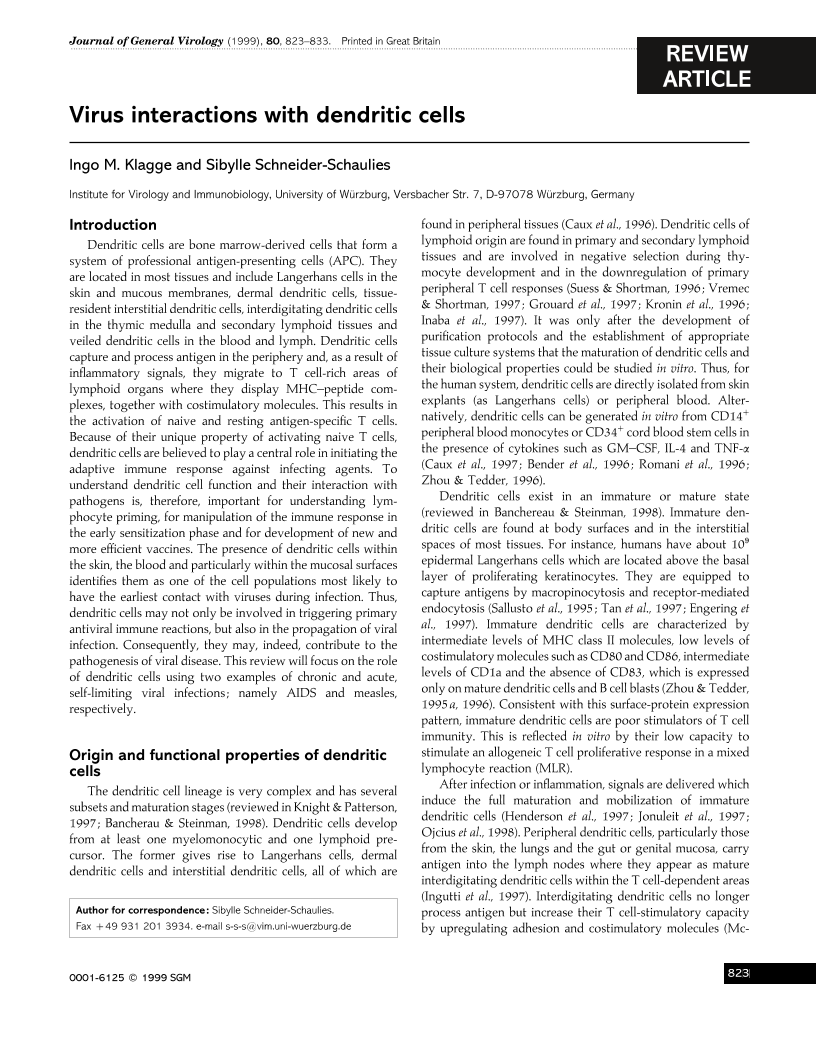
Full text loading...

Virus interactions with dendritic cells, Page 1 of 1
< Previous page | Next page > /docserver/preview/fulltext/jgv/80/4/0800823a-1.gif
There is no abstract available.

Article metrics loading...

Full text loading...
References

